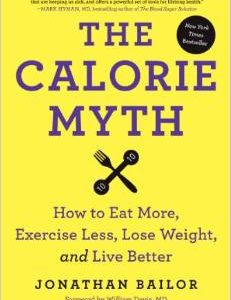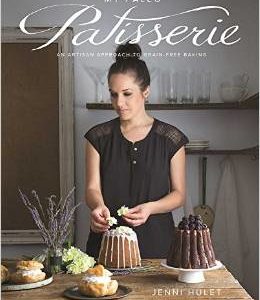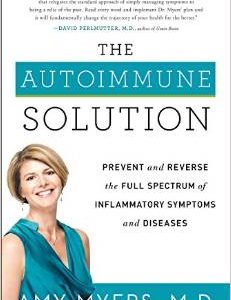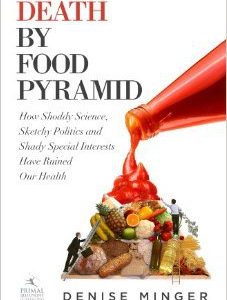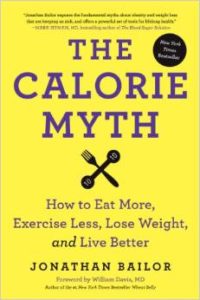 This review was written by my assistant Christina.
This review was written by my assistant Christina.
Have you ever counted calories, watched your portion sizes, or gone for a jog just so you could eat a slice of cake or pizza in good conscience? That slice of cake or pizza totally doesn’t do any damage as long as you exercise those calories off, right? You know what they say about things that sound too good to be true: They usually are.
Anyone who has ever consciously tried to “get healthy” has probably practiced calorie counting, portion control, and/or tried to take up some form of aerobic exercise. Eating less and exercising more is the conventional prescription for losing weight or staying slim, managing diabetes, lowering cholesterol, and reducing your risk of heart disease. But there’s a reason they call it yo-yo dieting: It’s hard to maintain and often doesn’t yield the desired results, leading many to give up or push to further extremes thinking they just aren’t trying hard enough. Personal trainer Jonathan Bailor doesn’t think the problem is with you or your commitment to the prescription. He thinks the problem is with the prescription.
In The Calorie Myth, Jonathan’s analytical skills and passion for health converge to debunk the standard American diet and the conventional wisdom of “eat less, exercise more” and “everything in moderation”. With the help of over 1,200 scientific studies, he explains just how ineffective the current calorie-counting model for weight loss is, why and how it went wrong (including the political and financial motivations of those involved in shaping policy or skewing scientific data), and then presents an alternative model based on food and exercise quality, not quantity.
Save 80% Off the Foundations of Health
Expand your health knowledge on a wide range of topics relevant to you, from how to evaluate scientific studies, to therapeutic diet and lifestyle, to leaky gut and gut microbiome health, to sustainable weight loss, and much more!!!
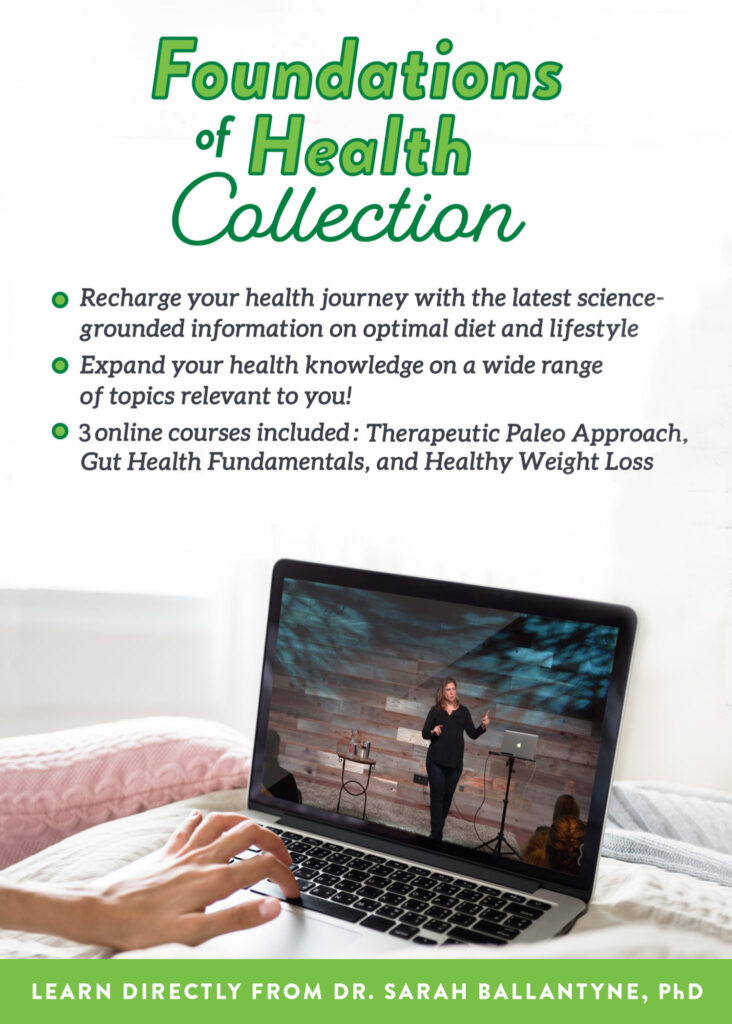
In the first part of the book, Jonathan examines how eating poor-quality food (even if you are eating less of it) and engaging in exercise that is too extreme for your body (such as running long distances) can lead to hormonal imbalances that cause your body to retain or add more fat, burn muscle, and/or lead to overeating, which can further disrupt metabolism. To better illustrate the immense amount of data he covers, Jonathan likens these hormonal imbalances to a clogged drain. The same way putting less water in a clogged sink doesn’t prevent eventual overflow, putting less food in a hormonally “clogged” body doesn’t keep it from storing excess body fat. Instead, you need to remove the clog and try to prevent another one from occurring.
Your body has a natural inclination to be healthy. It wants to digest food efficiently, regulate hormones properly, have an active (but not over-active) immune system, maintain an appropriate weight, and otherwise be up for all of the physical, mental, and emotional challenges it meets on a daily basis. In other words, it has a natural set-point it wants to maintain. But it can’t do that if it is being assaulted by a diet or lifestyle that makes all of those things difficult. In the second part of The Calorie Myth, Jonathan presents an alternative to the standard American diet by classifying foods as either SANE or inSANE. SANE foods provide satiety so you stay fuller longer, are unlikely to be stored as body fat because they are digested slowly, are nutrient-dense, and are not easily converted to glucose and stored as fat. inSANE foods are the opposite. They are unsatisfying (so you’re hungry again soon after eating), likely to be stored as body fat because they flood your system all at once, nutrient-poor, and easily converted into glucose and body fat. Because Paleo embraces nutrient-density and forgoes non-nutritive and high-sugar processed foods, it fits very well into Jonathan’s model (the only major difference is that Jonathan eliminates all starchy vegetables and allows legumes while Paleo does not). But this is not a book about Paleo. It’s a book about eating and exercising in ways our bodies were built to not only endure but benefit from. Not in ways that only major food and pharmaceutical companies benefit from, while obesity, diabetes, and heart disease make more and more of us sicker every year.
The Calorie Myth provides a plan of action and practical advice for getting started and staying motivated. With tips for budgeting, eating on-the-go, making a high volume of vegetables more manageable, prioritizing sleep, as well as a five-week food journal, one-week meal plan (including recipes, although note that not all of the recipes are Paleo), and an exercise program based on high-interval intensity training (which exercises all muscle fibers so your workout is more efficient) that requires only 20 minutes a week (yes, a week), Jonathan aims to make burning fat, eating better, and exercising smarter easier and more enjoyable than any crash diet or weight loss program.
The Calorie Myth includes quality information not only on losing weight, eating higher-quality foods, and exercising responsibly, but on cholesterol, dietary fat, blood sugar and insulin resistance, and the dangers of under-eating or starvation diets. Whether you are overweight or underweight, it can explain why your progress may have stalled and how to move forward in a way that is conducive to both long- and short-term health. It is an excellent resource for anyone looking to better understand the science behind metabolism, nutrition, exercise, and how the conventional wisdom on diet, cholesterol, and dietary fat got so out of hand.

